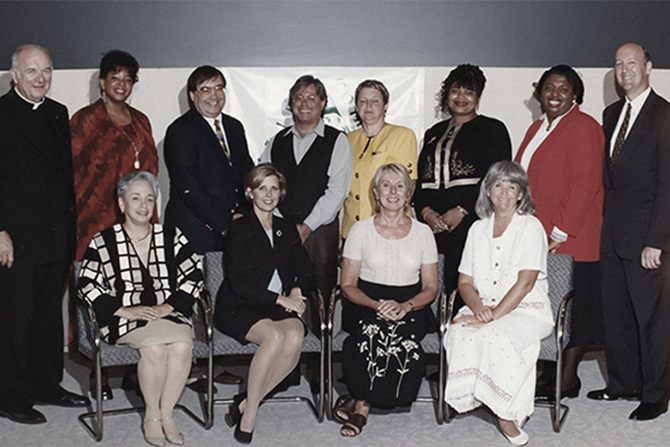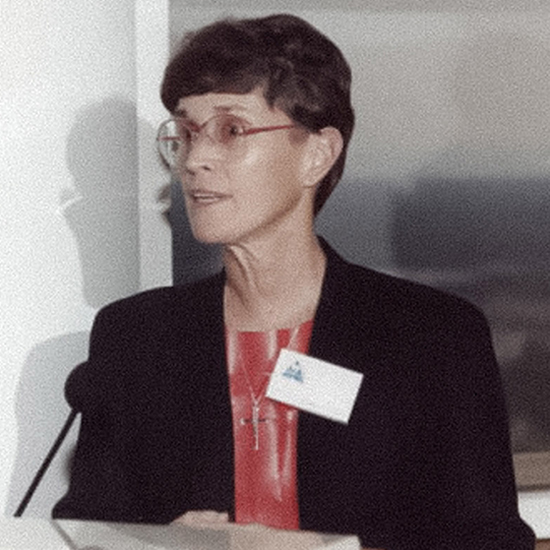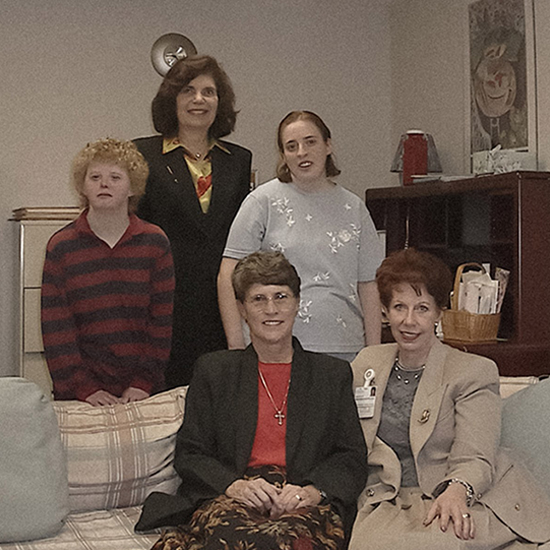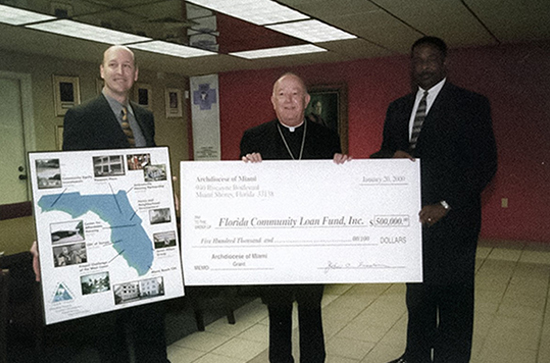
A Life of Service
Sister Mary served on FCLF’s founding board of directors of until 1997 when she traveled to Zimbabwe with the Religious of the Sacred Heart of Mary. She remained in touch with FCLF staff through the years with inspiration and challenges. She visited us on our 20-year anniversary in 2015. You can hear from Sister Mary and other FCLF religious investors in this video on FCLF’s YouTube channel.
Sister Mary passed away on November 4, 2019. In FCLF’s 2019 Annual Report we paid tribute to our founding board member. Here is an excerpt:
This year we said our last farewell to Sister Mary Heyser, RSHM. Sister Mary was the founder of Florida Community Loan Fund in the early 1990s. Her tenacity and untiring consensus building resulted in the creation of the Sunshine State’s first community development financial institution, bringing capital to low-income communities throughout Florida. While she always referred to herself as one of the founders, it was clear to many others that Sister Mary was the founder.







